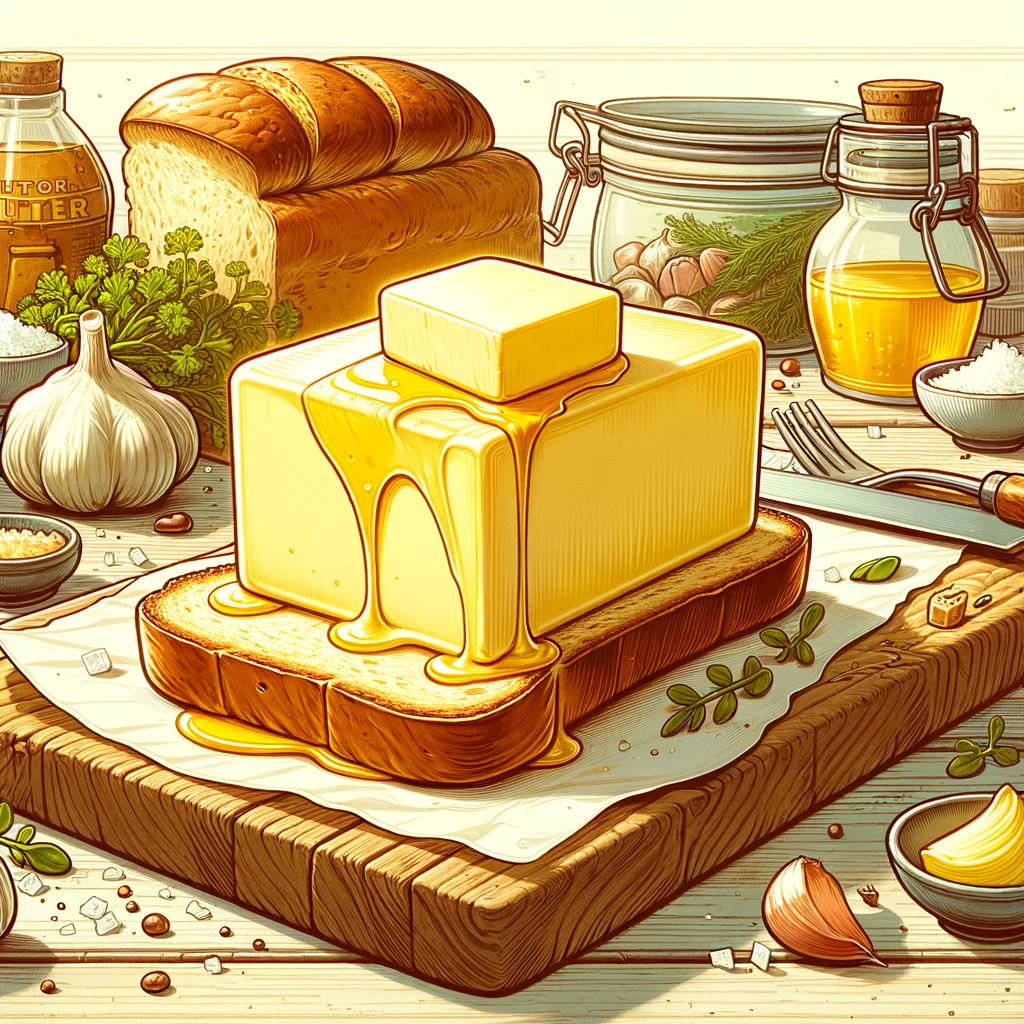Introduction
Butter, that creamy, savory delight, has been a beloved staple in kitchens around the world for centuries. Whether slathered on warm toast or used to add richness to your favorite recipes, butter’s undeniable deliciousness has left many wondering: What are the secret ingredients that make butter so irresistible? In this article, we’re going to delve deep into the world of butter, exploring the key components that contribute to its mouthwatering taste and texture.
1. Creamy Milk Solids
At its core, butter is made from cream – the fatty part of milk. The cream is separated from milk, and it contains milk solids. These milk solids play a crucial role in butter’s flavor and texture. During the butter-making process, these solids are heated, giving butter its distinct nutty, creamy taste.
2. Butterfat: The Star of the Show
One of the primary ingredients in butter is butterfat, and it’s responsible for the luscious, silky mouthfeel that butter provides. Butterfat typically makes up around 80% of the composition, and its high fat content contributes to the rich flavor and smooth consistency.
3. Water Content
Butter isn’t just fat; it also contains a small amount of water – usually around 15-20%. This water content helps to balance the richness of the butter, making it more palatable and ensuring it melts beautifully when used in cooking or baking.
4. Salt for Flavor Enhancement
Many types of butter include a pinch of salt, which acts as a flavor enhancer. The salt not only adds a subtle savory note but also helps to preserve the butter, extending its shelf life.
5. Cultured or Sweet Cream
The choice between cultured and sweet cream affects the flavor of the butter. Cultured butter is made from fermented cream, giving it a slightly tangy, complex flavor. In contrast, sweet cream butter is made from fresh cream and has a milder, sweeter taste.
6. Variations in Butter Production
Different regions and cultures have their own unique methods of making butter. These variations can include using different types of cream, churning techniques, and aging processes, all of which contribute to the diverse flavors and textures of butter around the world.
7. Grass-Fed vs. Grain-Fed
The diet of the cows producing the milk for butter can also influence its taste. Butter from cows that graze on lush, green pastures tends to have a more vibrant, herbaceous flavor compared to butter from grain-fed cows.
Conclusion: The Magic of Butter’s Ingredients
In the world of culinary delights, butter remains an essential ingredient, cherished for its ability to transform dishes with its creamy, indulgent flavor. While it may seem like a simple product, the secret to what makes butter so delicious lies in its carefully balanced combination of creamy milk solids, butterfat, water content, and optional salt. The choice between cultured or sweet cream, variations in production, and the diet of the cows all add unique dimensions to this culinary treasure. So, the next time you savor the taste of butter melting on a warm piece of bread or enhancing your favorite dish, you can appreciate the magic of its ingredients that make it truly irresistible.
